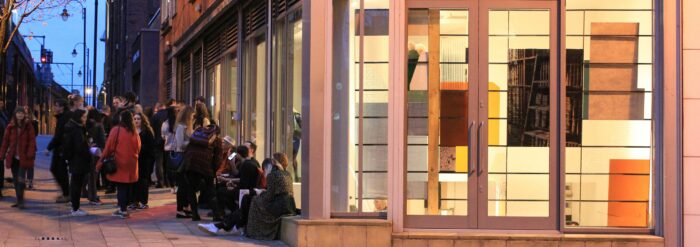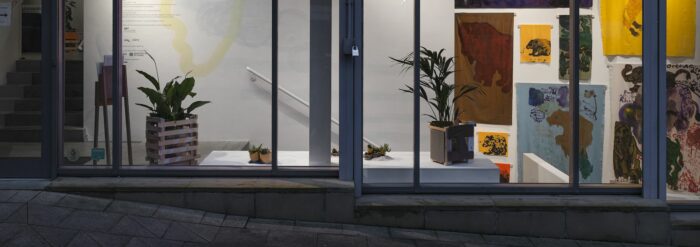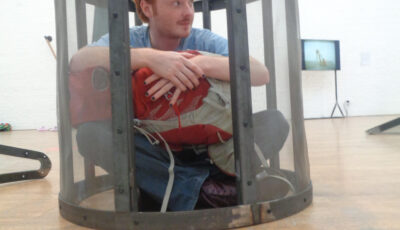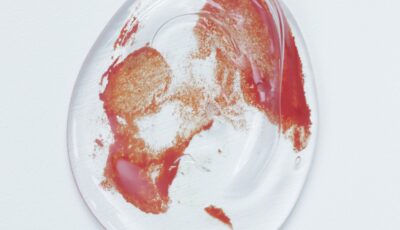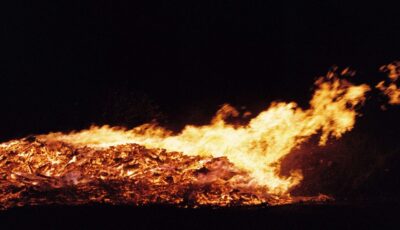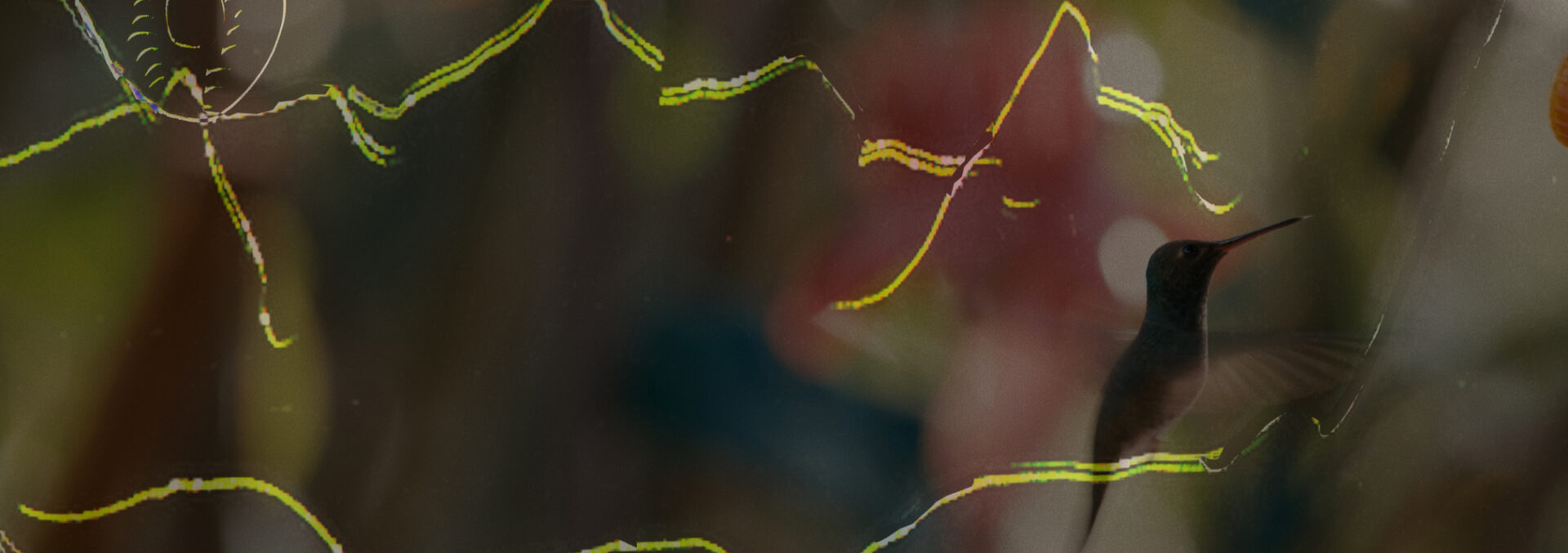
Spotlight: Artists and Sustainability – Shezad Dawood
Posted on 5 September 2023
This month we’ve invited Shezad Dawood to contribute to our ongoing series Spotlight – Artists and Sustainability, where we ask artists to share short responses about their work and how it might relate to climate change.
Shezad Dawood is a multidisciplinary artist who interweaves stories, realities and symbolism to create richly layered artworks, spanning painting, textiles, sculpture, film and digital media. Fascinated by ecologies and architecture, his work takes a philosophical approach, asking questions and exploring alternative futures through what Dawood describes as ‘world-building’ and ‘imagineering’. His practice is animated by research, working with multiple audiences and communities to delve into narrative, history and embodiment.
In what ways do you feel your work might relate to issues of climate change and sustainability, in the content of the work, its narrative, conceptually or theoretically? How might it speak to or challenge public discourse?
A large part of my work relates to the environment, specifically the marine environment and waterways, as I feel what lies beneath the surface is often easier to ignore or overlook. From reef systems to underwater noise, our impacts on the huge aquatic ecosystem that underlies so much of our existence are hugely affected by our actions or failure to act. My ongoing project Leviathan looks to collaborate with oceanographers, marine engineers and countless others to expand the way in which artists’ work can challenge and raise awareness of the importance of the marine environment, particularly since about 71 percent of the earth’s surface is water, and the world’s oceans account for approximately 96.5 percent of this coverage.
With regards to the materials, processes and techniques you use to produce your work, are there any practical decisions you make with regards climate change and sustainability?
Yes absolutely, I have been increasingly looking at ways of reducing the footprint of exhibition-making in terms of using film and digital work to reduce the impact of crating and shipping physical work. And where possible shipping multiple paintings on a single roll, rather than stretched and in multiple crates.
I am consciously reducing the amount of travel that I do, and have been developing ways of remote directing that still maintain close collaborations across countries and cultures.
I’ve also created a non-profit arm of my studio as part of my Leviathan project, that raises funds to help support conservation research and helps some of the conversations I’ve been having (and being inspired by) with the scientific community come full circle. For example, in the last year, we funded 2 grants on coral protection and conservation, and we’re about to launch a new grant with the Marine Institute in Plymouth on nature-based solutions to sea level rise.
In general, how do you feel galleries, art spaces, artworks and artists might be able to contribute, what if any role do you feel they can play in a progressive conversation?
I continue to believe that the art ecosystem can help by opening conversations with audiences to raise awareness, develop empathy and bring scientific data to life in interesting and engaging ways. I also feel a lot of good work is being done through working together to collectively think (in non-hierarchical ways) of ways to reduce our footprints and lead by example.
Are there any tips or advice, anything you have learnt you might want to share with other artists or our audiences?
There really is a role to play for artists, galleries and art spaces to connect with and support real-world change. Not just through best practice, but by stepping out of our comfort zones and working collaboratively with individuals and collectives from other disciplines and the wider public. This can be through talks, workshops, and engaging with schools and communities through unique experiences that help us all think differently. Better to do something than to descend into apathy!
